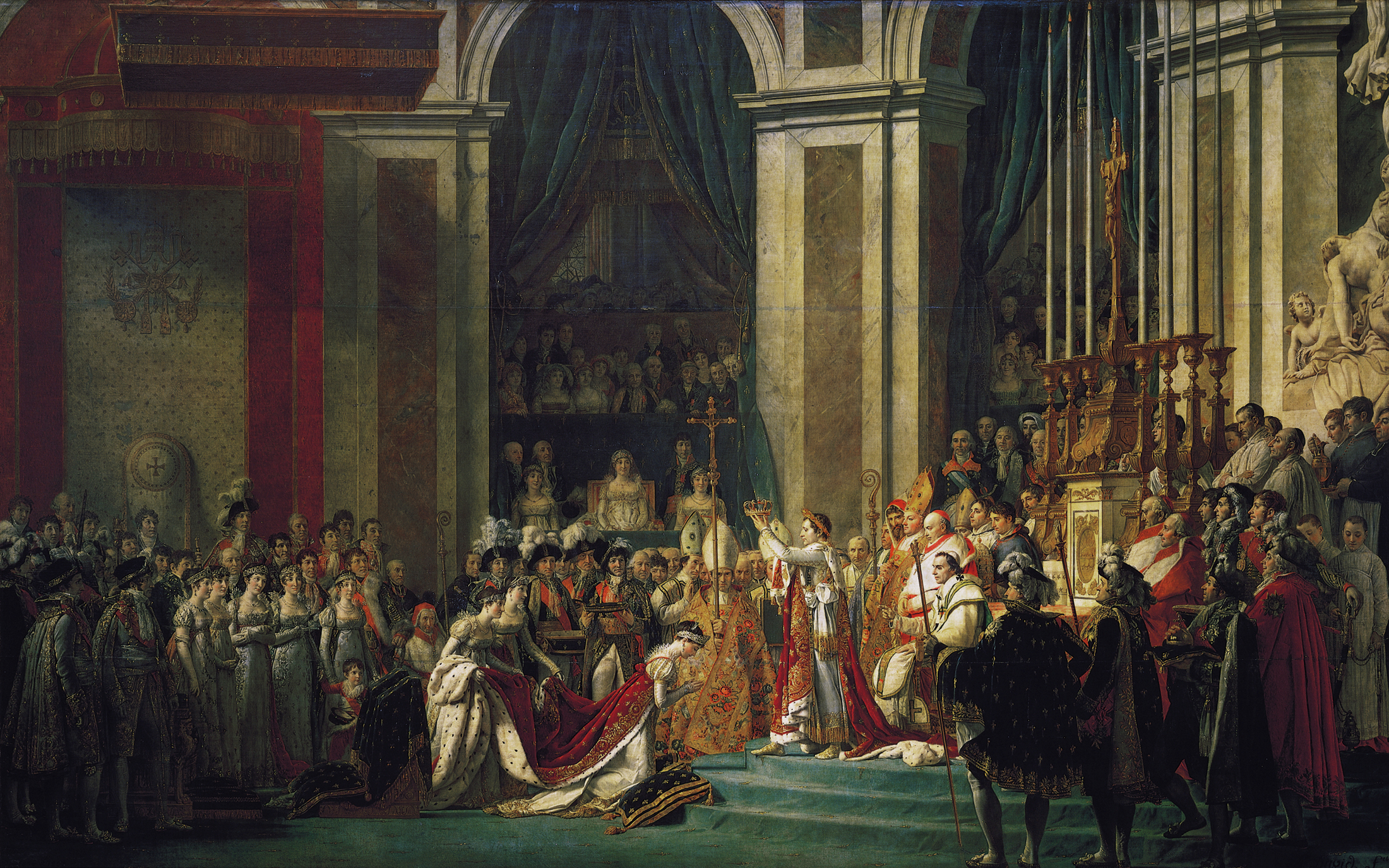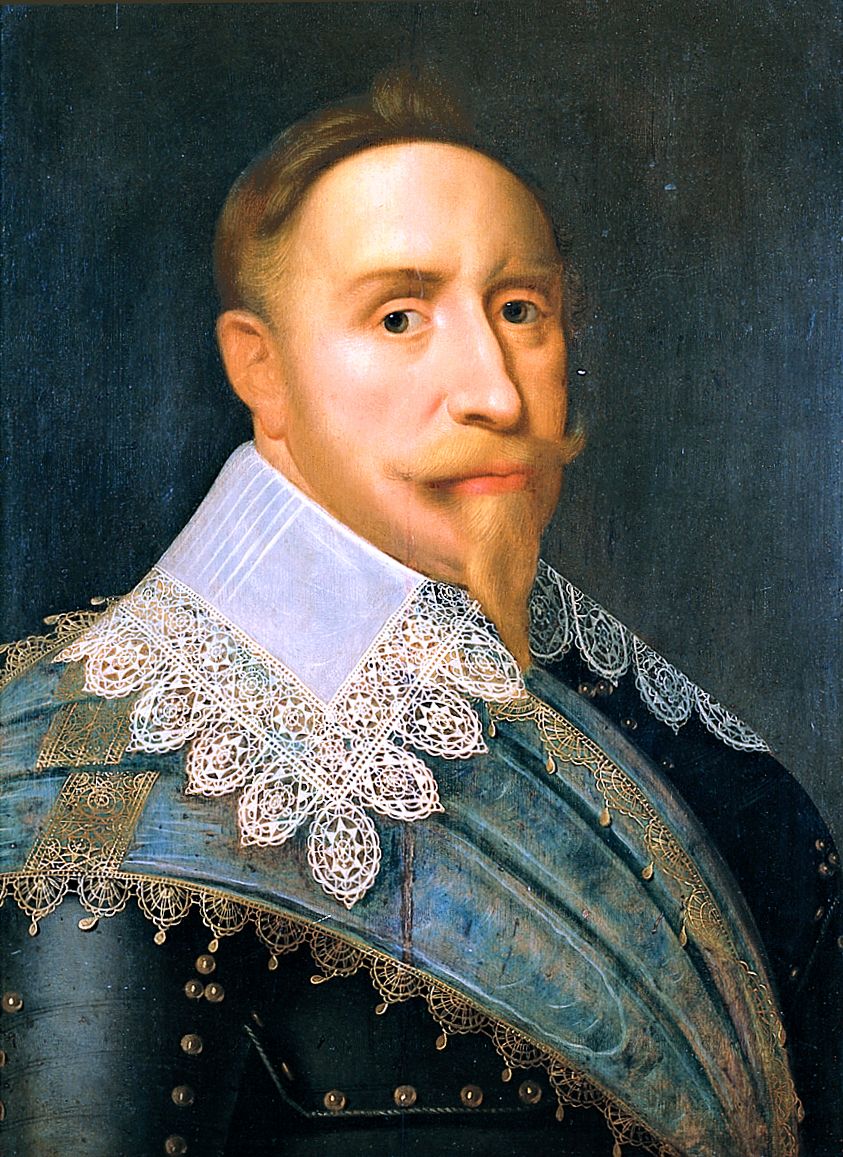Background:
By the last days of 1776, "the game was pretty near up." According to none other than George Washington himself. While the year had started out highly for the rebels with the taking of Boston in March, the pendulum swung back mercilessly for the redcoats as the year went on- with Washington being repeatedly defeated by General William Howe and forced from New York City. His army had gone from over 10,000 in July to little over 2,000 in December, and would be disintegrating almost entirely in but a scant few days when the one-year enlistments of most of its remaining soldiers expired. Under these conditions, it seemed relatively impossible to raise another army and continue the struggle.
Washington knew that he needed a victory. And in fact, he wrote the phrase "victory or death" on a paper in his office. Of course this presented manifest problems. How would he win a victory with such a dilapidated army, and in such terrible weather conditions as those present at the end of December, 1776?
The Plan:
Washington, camped across the Delaware River, planned to attack a detachment of some 1,500 Hessians encamped in winter quarters at Trenton, New Jersey.
Washington did have somewhat of an advantage with this plan. No one would be expecting an attack in such cold weather. The traditional campaigning season had long since ended. The standard of the time was to camp for the winter in a specific quarters and then march out again during the spring.
Additionally, there was a great feeling of resentment amongst the American colonists at the mere presence of the Hessians on American soil. They viewed this as a conflict between kindred spirits, and the Hessians as a foreign, mercenary interference in that conflict. An attack on the Hessians would thus be an easy motivational tool.
The problem was, of course, that it would be a logistical nightmare for Washington to get his troops across that river. It would be a nighttime crossing of a body of water (always a very difficult maneuver even under the best of circumstances), and what's more, the Delaware River had large chunks of ice in it. And then, after the crossing, Washington would need to march several miles in the snow, and many of his soldiers did not have boots, let alone proper winter clothing.
The March:
Washington did have an ace up his sleeve though- John Glover, the officer who had saved his army in New York in the summer. Glover had been a fisherman before the war, and so had ample experience in seamanship.
Glover ferried Washington's army across the Delaware River, ice and all, with no casualties and in good condition, though it did take longer than Washington would have liked. The march was difficult. Bloody footprints were indeed, left behind in the snow.
The Battle:
Washington wanted to attack the detachment at Trenton before the sun rose, but that was an impossibility at this point. The Continental Army however, did arrive in good order by the early morning, and achieved complete surprise.
Washington occupied the high ground from the north, while John Stark marched into the city from the west. The fog of war was present in earnest when the Hessian commander, Colonel Rall, was told that he was surrounded. Because of this, he attempted to organize a counterattack.
Washington however, was in a very strong position, and easily countered these movements. Colonel Rall himself was mortally wounded in the assault, and the detachment was forced to surrender. It was over in minutes.
After taking the lion's share of the detachment as prisoners, Washington's troops returned to their own quarters.
Aftermath:
The moral value of the victory was immense. It showed that American soldiers could indeed defeat their enemies, and that the revolution was not a hopelessly lost cause. The victory allowed Washington to prevent his army from disintegrating at the end of the year and as the winter broke, more soldiers signed up to the ranks.
Washington had bought his army and his cause time and the good publicity that it desperately needed. The victory was probably singularly responsible for preventing the Continental Army and by extension, the revolution itself, from collapsing. His daring attack against all expectations is indeed a foremost example of the old adage 'fortune favors the bold.'
Washington would go on to win another valuable victory and maintain his momentum in less than two weeks: The Battle of Princeton.
For some famous trivia, the future President James Monroe was present at this battle and was wounded in it.
Refrences:
Mount Vernon's Digital Encyclopedia on the Battle of Trenton.





















